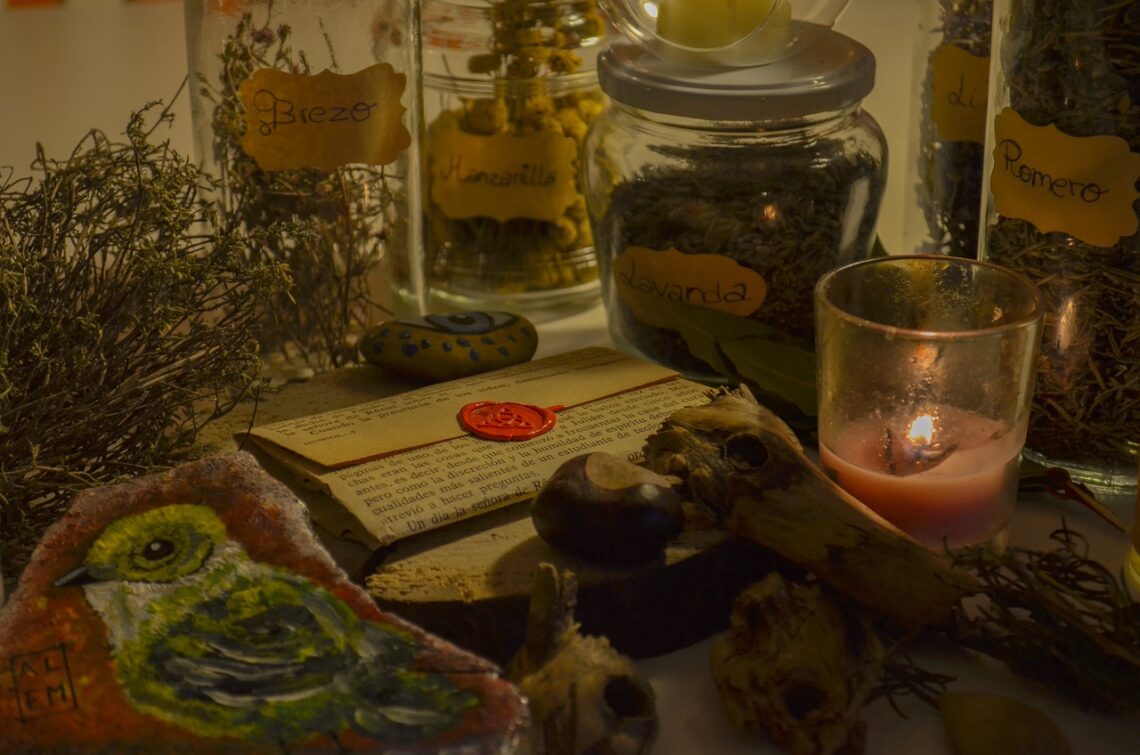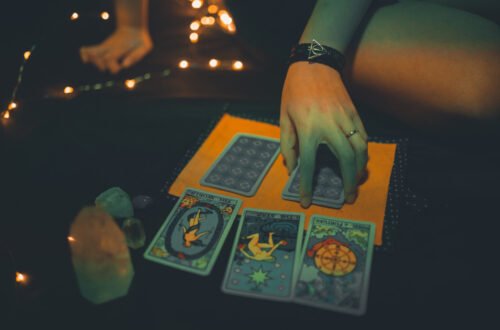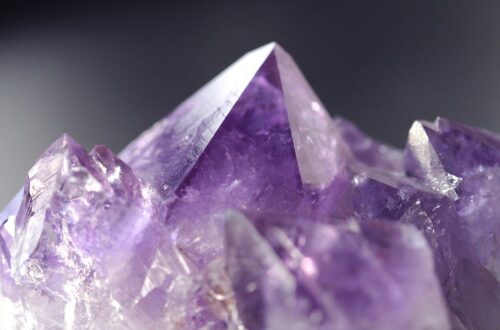
The magic of the ancient Vikings – runes, goddesses and the sunstone
Ancient Scandinavian peoples strongly believed in the integration of reality with beings from legends and myths. In their consciousness, there was no boundary separating the material and spiritual worlds. Gods and magical beings, were an inseparable part of the ordinary daily life and course of life of all Vikings.
Knowledge of Viking rituals, magical practices and religion is based mainly on written sources, legends and mere conjecture. In the old Scandinavian countries, the population firmly believed in legends or myths. The average person had no idea how to resist magical beings and phenomena that he might encounter during his wanderings. This is why so many settlements were established. The outside world was mainly contacted during war or trade expeditions, and traders, sorcerers and priestesses took over the role of liaisons with everyday reality. It was they who mastered the knowledge that allowed them to fight the forces of evil.
Magic and its principles
Magical practices in ancient Scandinavia were mainly carried out by women, called Völva by the locals. Men who ventured into the path of sorcery could jeopardize their male pride, as they were suspected of effeminacy, and this was a disdain for a lineage of brave and fearless warriors. Vikings specialized mainly in runic magic, but they knew and often used other varieties: seidr, spae and galdr. For each of these disciplines, rhythm was a very important element. The magical art of seidr, can be compared to shamanism – the knower received information about the future from ancestors and spirits. This allowed her to prevent disease, predict the future and cast curses, and even raise the dead. Galdr – is a variety of seidr, which belonged to solitary people. This branch could be practiced by men without loss of dignity. It involved musical rituals that put one in a trance, brewing potions and poisonous concoctions, and casting charms on the mind of an opponent. Spae, on the other hand, was associated with astral travel, herbalism and healing.
Women who engaged in magic had to have a strong personality. They were vulnerable to possession or the wrath of seers during rituals. They represented ordinary people in the intangible world when making requests, as well as wraiths in the human world when transmitting visions. For this reason, tribal soothsayers were highly respected, and no one tried to question their skills as well as their position. The ancient sorceresses lived in forests and on the outskirts of settlements, could count on intimacy, lived on their own terms, and were not invaded by the population for no apparent reason. They also had distinctive pieces of clothing, and did not part with their cloak, hood and gloves. Each part of the outfit was made of animal skin, because it was believed that a person wearing fur would gain favor with the gods or access to their powers.
Viking Mojras
Mojras originated from myths, but Viking magic has plenty in common with them. Women who could and spun of their own free will were much favored by the gods bringing prosperity and good fortune. Scandinavian peoples called such maidens Norns. Norns possessed special powers. They were able to send sleeping nightmares upon the sleepers, and above all, they created magical runes. Tools so essential in Viking magic. Such a wife could not only bring the favor of the good gods to the family, but also created colorful fabrics, encapsulating magic in them. Depending on the shades used, the fabric acquired various properties. Unusual cloths served even before the birth of descendants. Pregnant women, with the help of the Norn, drew magical signs on the material with their blood, then the fabric was burned, the ashes were mixed with their favorite drink and drunk. In this way, protective magic could reach the infant to ensure its safe passage into the world.
Magic sunstone
The Vikings were known for their sea voyages, covering vast distances on open water. While traveling such vast distances, they were mainly guided by sunlight, the direction of the wind, the waves and the glare of the stars. Although they were very capable sailors, their voyages and expeditions were further hampered by dense fogs or very often cloudy skies. Under such weather conditions, observing the sky was virtually impossible. The mysterious sunstone of the ancient Vikings served as a navigational instrument. The mineral is a variety of transparent calcite, which can split a light ray. The properties of this stone cause the crystal to become dark or light, depending on the polarization of the light that falls on it. Viking sailors would set calcite stones, with clear skies, to catch the positions of the sun as the crystal brightened. At the moment the sun’s rays faded, they would repeat this action, seeking the right direction from the calcite’s clues.
Ancient medical practices
The goddess who was responsible for healing and curing in ancient Scandinavia was Eir. The Vikings considered her one of the best and most experienced healers. She taught and shared her knowledge with women who wished to help her. The goddess favored gentle methods of healing. During illnesses, she prescribed aromatherapy, hot stone massages and flower oil treatments. For her medicines, she used magical herbs from different parts of the world. The usual preventive treatments consisted of rituals. Appropriate formulas were applied or the body was touched with amulets. Female physicians were also responsible for cleansing wounds, embalming sore bodies, bandaging, setting bones and delivering babies.




